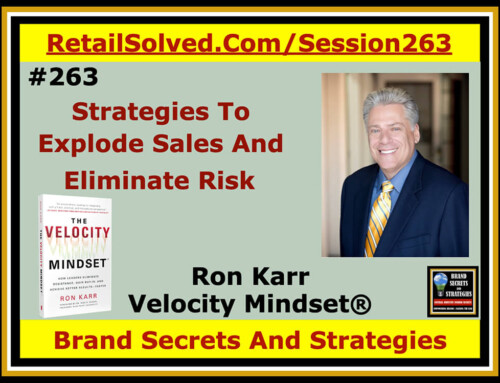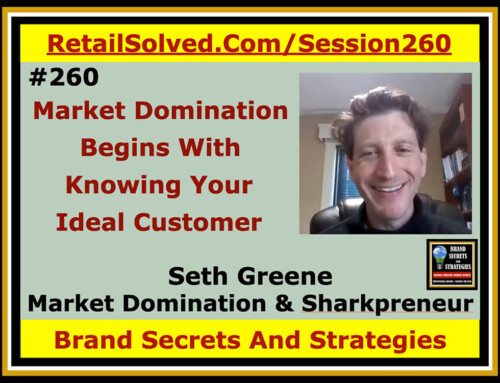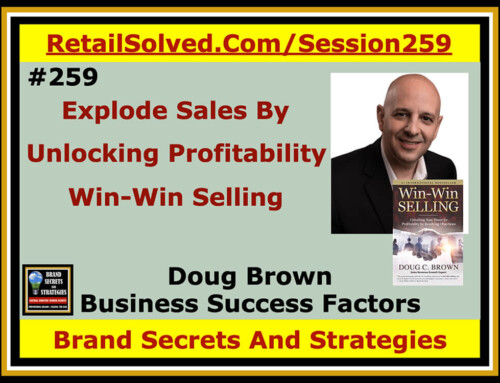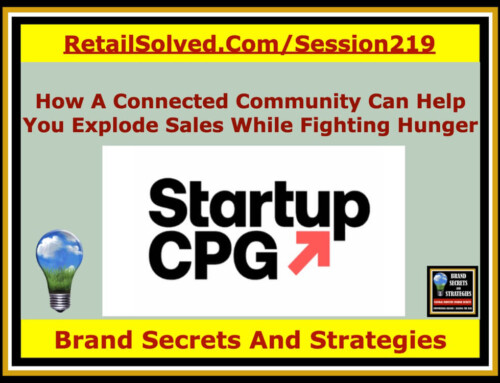There are an infinite number of business theories available from a myriad of experts. They all boil down to just 5 key focus areas. Losing focus on any one of them can result in almost certain failure.
Most experts will tell you that there are only 4 P’s to focus on; Product, Placement, Promotion, and Price. None of these matters if you ignore the 5’th P, People. The other “P’s” simply doesn't matter if no one makes a purchase.
The core focus on category management is the 4P’s. I coined the term True Category Management to focus first, and always, on the most important “P”, People. This goes well beyond shopper insights and shopper wants and needs. It’s baking the shopper personality into every aspect of the product life cycle. It’s a strategy that is laser-focused on shopper need-states, what drives shoppers to make a purchase – everything that drives and influences their decision process.
A crucial part of the category review, or appraisal, includes an assessment of the 5 P’s. It should be included, at a minimum, in every retailer category review. It needs to include an assessment of a brand’s performance and the category’s overall health. This is where you outline item, brand, and category goals and objectives for the following year.
While working toward a goal, you frequently need to make several minor adjustments to achieve your targeted results. Similarly, an airplane changes course continually as the wind tries to blow it off course. Without continually assessing the plane’s flight status and making minor adjustments, you would never reach your final destination. This is also true in retail and why this step is so important. Your strategy needs to include both flexibility and scorecarding – a way to measure your efforts.
The 5 P’s:
Placement
Effective merchandising is the key to any brand’s survival. Poor merchandising sends the wrong message to shoppers. Customers won’t purchase what they can’t find. Retailers want to be viewed as having a good selection of the market’s top-selling items in addition to unique items that differentiate them from their competition.
Product
Retail space is limited. It’s critical that retailers offer the “right” products that consumers want to buy. The focus should be on the shopper need-states. The product assessment includes a deep dive evaluation of the number of items sold in each category and segment to review their performance and to consider new items. Retailers typically require that a brand recommend items to be discontinued with each new item recommendation.
A schematic (or planogram) is used to help a retailer manage their item selection within each category. Proper product merchandising is the key to the category’s overall health. It can be an effective way to market to consumers making their shopping trip more convenient.
Promotion
A promotional summary measures the overall results of a promotion for a brand at each retailer. It compares the item, brand, and category to the market to determine the effectiveness of each promotion against the competition. It identifies which brands, items, and segments are over or underperforming and offers recommendations to help the retailer drive sales and take a leadership role in the market.
Pricing
A pricing assessment compares the average everyday price, as well as the promoted price, for each item to the competition and the market. Price is a huge motivator for consumers and is responsible for much of a category’s growth. Retailers need to offer a fair price that will encourage consumers to shop often while they make a fair profit. Don’t forget that quality is more important than price to some shoppers in items that provide a lot of value. Health conscious shoppers will pay a premium for products that best meet their nutritional needs.
People
Consumer perception drives every decision shoppers make at a retailers shelf. Retailers with a limited selection, high prices, poor merchandising, and ineffective promotions are doomed to close their doors. All of these areas need to consider the consumer first. Many retailers make the mistake of taking the consumer for granted or not valuing their needs. Consumers want stores that are friendly and easy to shop. Brands need to help retailers leverage their brand strengths to grow sustainable sales. A brand’s greatest asset is the loyal consumer they attract to shop at the retailer.
Which of the 5 P’s is most important in your brand/retailer strategy?
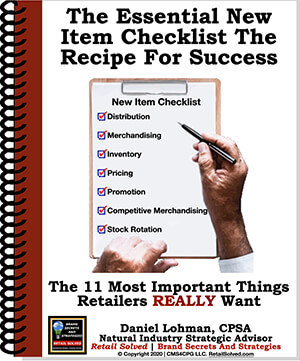
Want A Competitive Edge? The Recipe For Success
New product innovation is the lifeblood of every brand. New products fuel sustainable growth, attract new shoppers and increase brand awareness. Know the critical steps to get your product on more retailer’s shelves and into the hands of more shoppers.
Empowering Brands | Raising The Bar
Ever wish you just had a roadmap? Well, now you do!
Don’t miss out on all of these FREE RESOURCES (strategic downloadable guides, podcast episodes, list of questions you need to be asking, and know the answers to, the weekly newsletter, articles, and tips of the week. You will also receive access to quick and easy online courses that teach you how to get your brand on the shelf, expand distribution, understand what retailers REALLY want, and address your most pressing challenges and questions.
All tools that you can use, AT NO CHARGE TO YOU, to save you valuable time and money and grow your sales today!
Image is the property of CMS4CPG LLC, distribution or reproduction is expressively prohibited.


